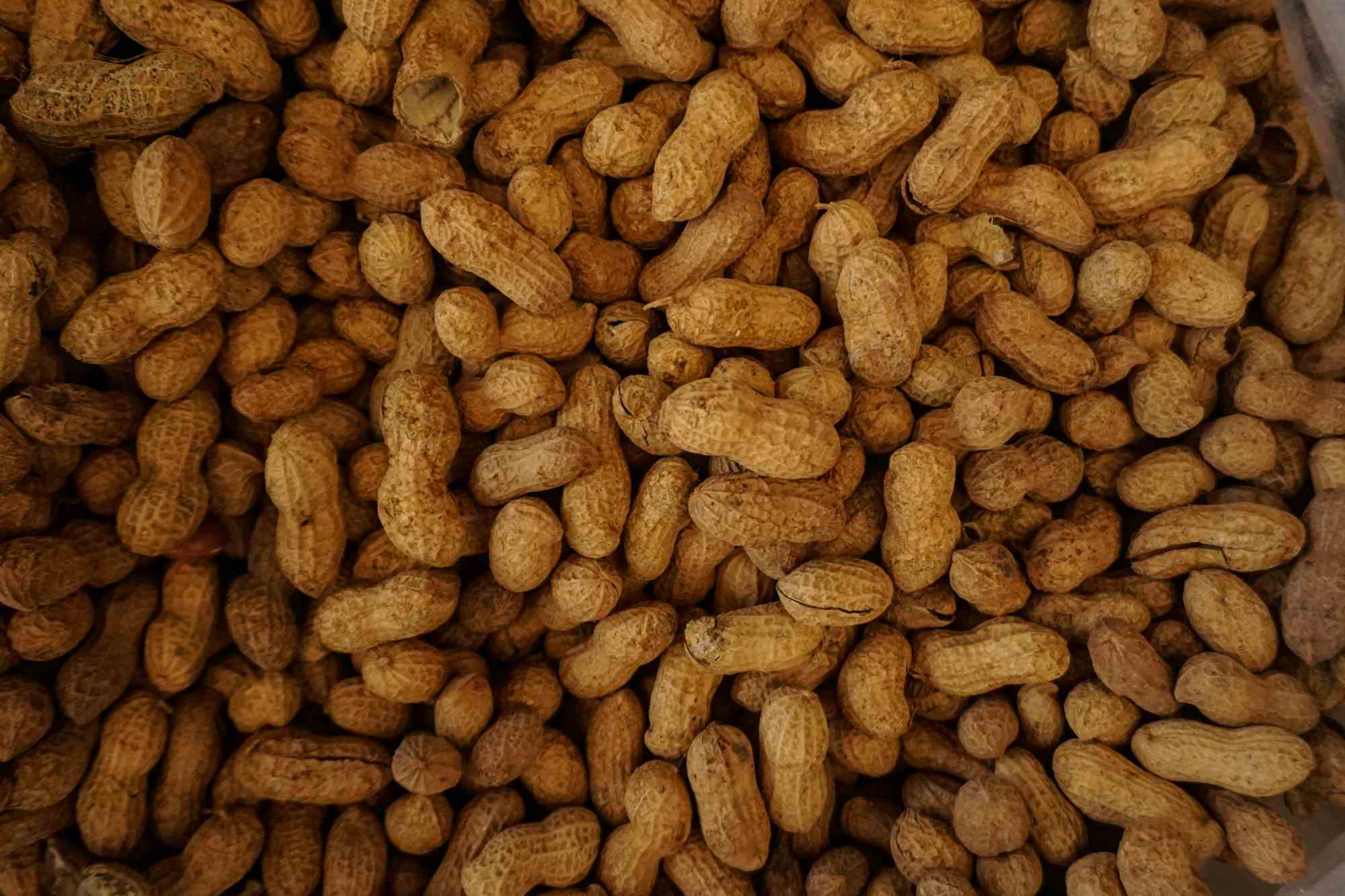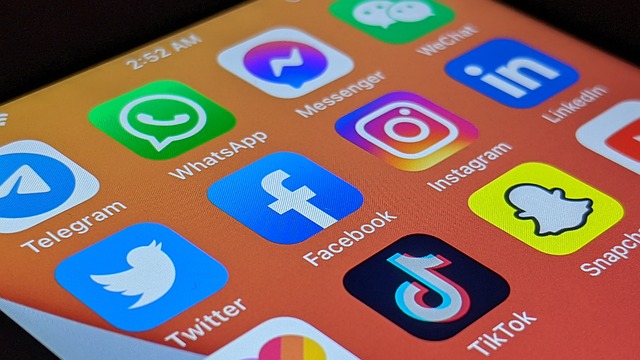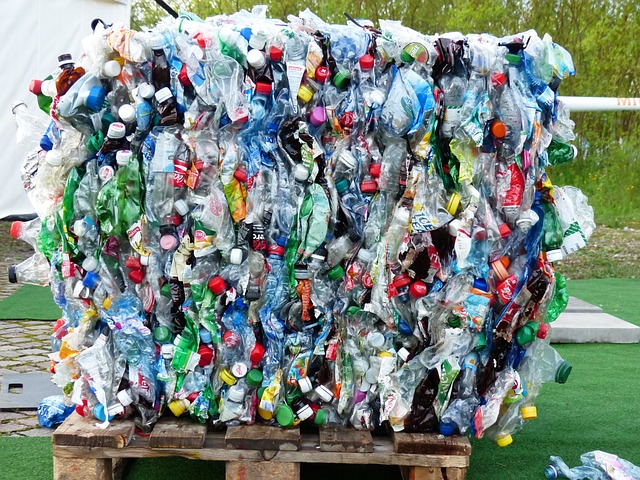
Plastic has revolutionized modern life, providing convenience and affordability across industries. However, this widespread reliance has come at a significant cost to our health and the environment. Plastic production and waste management challenges contribute to pollution, health risks, and long-term damage to ecosystems. This article delves deeper into the negative effects of plastic use on health, offers sustainable alternatives, and explains how used plastics can be effectively recycled or repurposed. Let’s explore how we can take collective action toward a cleaner, healthier future.
The Adverse Effects of Plastic on Health
Exposure to Toxic Chemicals
BPA and Phthalates:
Plastics are often made with chemical additives to improve flexibility, durability, or appearance. Chemicals like bisphenol A (BPA) and phthalates are endocrine disruptors that interfere with hormonal systems. Over time, this exposure may contribute to infertility, developmental disorders, and chronic illnesses such as diabetes and obesity.
Styrene and Vinyl Chloride:
Found in certain types of plastics, these chemicals have been linked to neurological damage and increased cancer risks upon prolonged exposure.
Microplastics and Nanoplastics
Microplastics are minute particles that result from the breakdown of larger plastic items, while nanoplastics are even smaller. Both are now found in soil, air, and water sources worldwide. Studies have detected microplastics in human blood and organs, raising concerns about their long-term effects on bodily functions, including immunity and tissue health.
Impact on Air Quality
Burning plastic releases hazardous air pollutants such as dioxins, which are highly toxic and can cause respiratory issues, heart disease, and other complications. In urban areas, improperly managed plastic waste often contributes to air pollution through open-burning practices.
Plastics in Food Packaging
When heated, plastics used in packaging can leach harmful chemicals into food. Even cold storage can cause degradation over time, contaminating food items and beverages.
Environmental Impacts: From Land to Sea
Land Pollution and Soil Degradation
Plastic debris contaminates agricultural lands, reducing soil fertility and disrupting the growth of crops. Chemical additives from plastics can leach into the ground, affecting both the quality of soil and groundwater.
Marine Ecosystem Destruction
Ocean Plastic Waste:
Every year, an estimated 11 million tons of plastic enter the oceans. Items like fishing nets, bottles, and packaging pose a threat to marine life, which can ingest or become entangled in the debris.
Coral Reef Damage:
Plastic waste increases the risk of disease outbreaks in coral reefs, endangering these vital ecosystems that support a wide array of marine species.
Wildlife Impacts
Land and sea animals often mistake plastic items for food, leading to ingestion that blocks digestive tracts, reduces feeding ability, and often results in death.
Carbon Footprint of Plastic Production
Plastics are derived from fossil fuels, and their production is energy-intensive. In 2022 alone, plastic manufacturing accounted for approximately 4% of global greenhouse gas emissions.
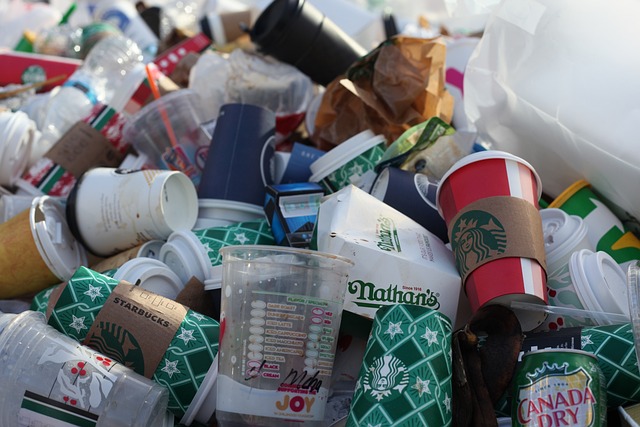
Eco-Friendly Alternatives to Plastic
Biodegradable Materials
Hemp-Based Products
Hemp is a versatile and fast-growing plant that produces biodegradable fibers and plastics. Its durability and low environmental impact make it an excellent replacement for conventional plastic in textiles and packaging.
PLA (Polylactic Acid)
Derived from fermented plant starches, PLA is increasingly used in making disposable cutlery, food containers, and shopping bags. It is compostable and breaks down within months under industrial conditions.
Natural Fibers and Reusables
Cotton and Jute Bags
Replace single-use plastic bags with sturdy cotton or jute options. These are reusable and degrade naturally at the end of their lifecycle.
Beeswax Wraps
A reusable alternative to plastic wraps for food storage, beeswax wraps are washable, biodegradable, and highly versatile.
Innovative Zero-Waste Packaging
Seaweed-Based Products
Seaweed can be processed into edible films or capsules for food packaging, offering a completely biodegradable and waste-free solution.
Mushroom Packaging
Mycelium (the root structure of mushrooms) is being developed as a sustainable, compostable packaging material to replace Styrofoam and plastic cushioning.
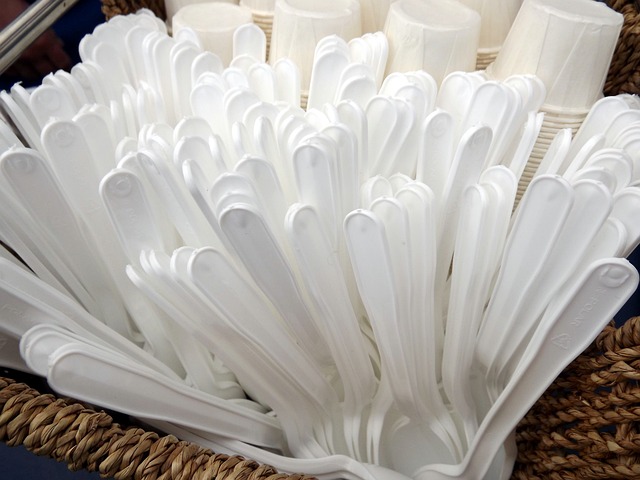
Recycling: From Waste to Resource
Types of Plastics and Their Recyclability
PET (Polyethylene Terephthalate):
Common in drink bottles and food containers. It is highly recyclable and often turned into clothing or carpeting.
HDPE (High-Density Polyethylene):
Used in containers for milk, detergent, and shampoo. Recycling HDPE often results in new bottles or piping.
PVC (Polyvinyl Chloride):
Rarely recycled due to its hazardous chemical content, PVC is better avoided in consumer products.
LDPE (Low-Density Polyethylene):
Found in shopping bags and squeezable bottles. Recycling is less common but gaining traction.
PP (Polypropylene):
Frequently used in food packaging and automotive parts. It can be recycled into durable products like furniture.
How to Optimize Recycling at Home
Proper Sorting:
Learn the recycling codes on plastics and sort accordingly.
Clean Plastics Thoroughly:
Remove food residues to prevent contamination during recycling.
Participate in Community Programs:
Join local plastic collection drives and advocate for better municipal waste management systems.
Reusing and Upcycling Plastics
Household Uses
Old plastic containers can be converted into storage bins, planters, or organizers.
Creative Projects
Upcycled plastics can be used in art installations, home decor, or educational crafts for children.
Industrial Innovations
Recycled plastics are being used to create durable road surfaces, insulation materials, and construction blocks.
Community and Corporate Responsibility
What Individuals Can Do
Minimize Single-Use Plastics
Opt for refillable water bottles, reusable cutlery, and bulk purchases.
Spread Awareness
Educate friends and family about the impact of plastics and encourage sustainable habits.
Corporate Initiatives
Sustainable Packaging
Companies can switch to biodegradable or reusable packaging materials to reduce their environmental impact.
Plastic Recycling Programs
Encourage businesses to offer recycling programs for their products and packaging.

Conclusion: Building a Plastic-Free Future
The extensive use of plastics has created a global challenge that impacts health, ecosystems, and the climate. Yet, sustainable alternatives and effective recycling methods provide a path toward a cleaner future. By embracing reusable products, supporting innovation in biodegradable materials, and improving recycling systems, we can minimize the harmful effects of plastics. It is our collective responsibility—governments, businesses, and individuals alike—to adopt sustainable practices and leave a healthier planet for future generations.
Subscribe to our newsletter, follow us on social media to let us know how you’re working towards a balanced life!
Oral Health: Causes, Prevention, and the Role of Nutrition
Oral health is often a neglected part of our...
Food Allergies: Causes, Symptoms, and Management
Food allergies and sensitivities are...
Unintentional Weight Loss
Unintentional weight loss can be distressing,...
The Impact of Social Media on Body Image: How It Affects Women’s Health
Social media has transformed how we connect,...
Why Women Need Nutrition Counseling Beyond Weight Loss
Women face unique challenges when it comes to...
The Benefits of Journaling for Mental Health
Journaling has gained recognition as a powerful...
Minimalism and Health: The Effects of a Minimalist Lifestyle on Mental and Physical Well-being
Living in a world where consumerism and constant...
Physical activity: Cardio, Strength Training, Yoga, and Pilates
Engagement in regular physical activity is...
Women’s Hormonal Balance: Nutrition, Lifestyle, and Key Strategies for Optimal Health
Introduction Women's hormonal balance is a...


